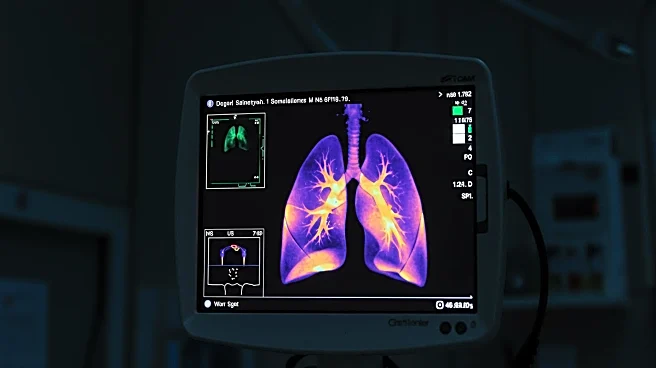Rapid Read • 9 min read
The telematics industry is undergoing significant advancements, focusing on scalable, secure, and low-power solutions to enhance fleet management. As telematics becomes a critical infrastructure for fleets, it is essential for optimizing costs, ensuring compliance, and meeting customer expectations. The global commercial telematics market is projected to grow from $16.9 billion in 2020 to $64 billion by 2030, highlighting its increasing importance. Fleet tracking, once a secondary concern, is now a priority for boardrooms, driven by the need for real-time visibility and data accuracy. Challenges such as connectivity gaps and cybersecurity risks are being addressed through innovative solutions like satellite positioning combined with Wi-Fi and cellular signals, and hardware-based security measures. These developments enable fleets to maintain full visibility and secure operations, even in complex environments.
AD
The evolution of telematics into a strategic infrastructure layer is crucial for the transportation industry. It allows for better cost management, compliance with regulations, and improved customer service. The ability to track vehicles accurately and securely is vital for fleet operators, especially as they scale operations. The integration of advanced technologies like sensor fusion and low-power design ensures that telematics systems can provide precise location data and operate efficiently. This shift not only enhances operational efficiency but also supports the transition to electric vehicles and the broader adoption of IoT in transportation. As fleets invest in these scalable and secure platforms, they position themselves to lead in a competitive market, offering safer and more reliable services.
As telematics systems continue to evolve, the focus will be on further enhancing scalability and security. Fleet operators will likely adopt cloud-native device management and integrated SIM technologies to streamline operations and reduce complexity. The demand for high-precision location data will drive further advancements in sensor fusion technology. Additionally, the industry will need to address the challenges of maintaining security across diverse hardware and network configurations. As these systems become more integral to fleet operations, ongoing innovation and investment in telematics infrastructure will be essential to meet the growing demands of the transportation sector.
The shift towards treating telematics as a strategic infrastructure rather than an add-on feature has broader implications for the transportation industry. It requires a long-term vision, with systems designed to last a decade and meet emerging cybersecurity standards. This transformation will not only impact fleet management but also influence the development of smart cities and connected transportation networks. As telematics becomes more embedded in these systems, it will play a crucial role in shaping the future of mobility and urban planning.
AD
More Stories You Might Enjoy










